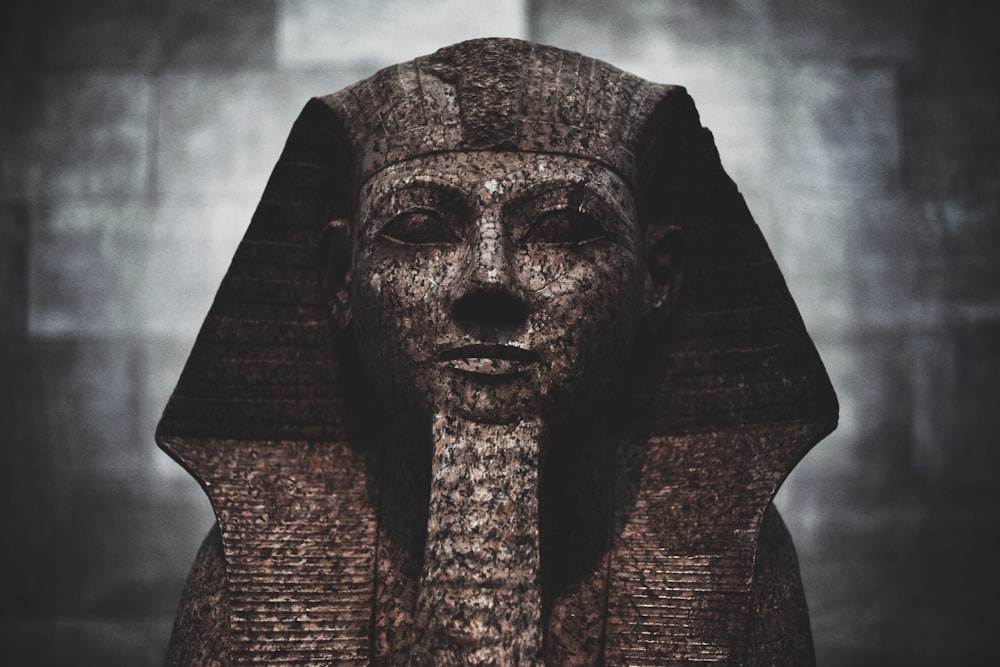The Egyptians first invented a paper-like substance known as papyrus (the root of our English word paper) over 6,000 years ago.
Figure 1. The Sphinx lost in time. (Tong, 2017)
Papyrus was made by weaving reeds or other fibrous plants together and pounding them into a flat sheet.
Paper as we know it wasn’t made until much later in 105 AD in China. They mixed mulberry bark and hemp with water, scraps of cotton and linen cloth (i.e. rags). This mixture was then mashed into a pulp, pressed and left in the sun to dry. Rags were the basis for paper for the next 1700 years.
First American paper mill opened in Philadelphia in 1690. Increases in demand and new taxxes on raw materials led them to search for alternatives. It wasn’t until 1843 that ground-wood (or pulp) harvested from trees became the material of choice. The picture below depicts a worker mixing the pulp at a paper mill in 1947.

Figure 2. A worker overseeing a papermaking machine at a paper mill near Pensacola (1947)
